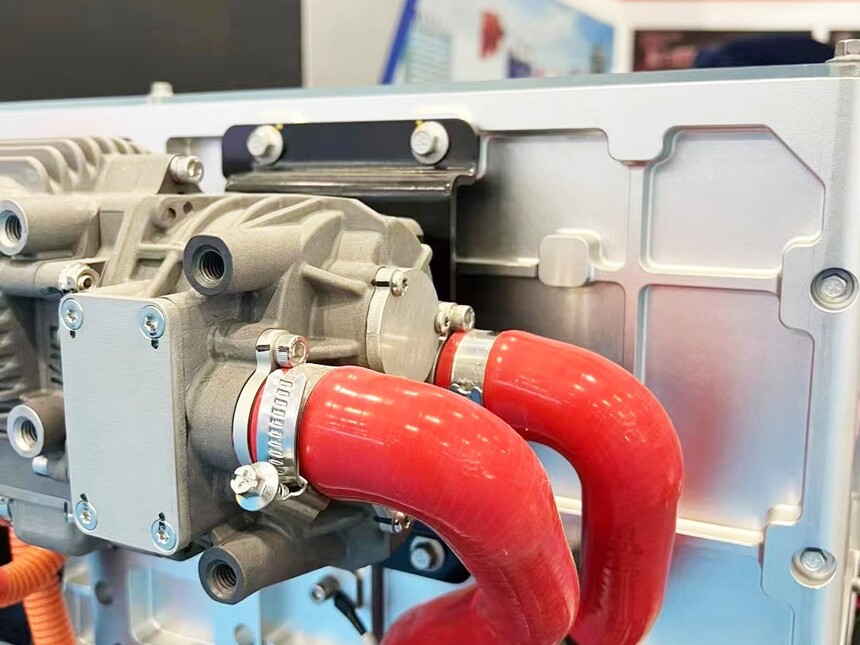NEWS
You can find latest information of SUNTRAC
Learn more about the industry
|
The Role of Hose Clamps on Electric VehiclesWe all know, Hose Clamps are widely used on traditional fuel vehicle. Nowadays, Electric vehicles (EVs) are becoming more and more popular, may be you don't know, these seemingly inconspicuous components also play a vital role in ensuring the reliable and safe operation of electric vehicles. In this article, we will explore the importance of hose clamps on electric vehicles and how they contribute to the overall performance and sustainability of these eco-conscious automobiles. Hose clamps are simple yet effective devices used to secure hoses and tubes in place, preventing leaks and ensuring proper fluid flow within a vehicle's system. In electric vehicles, hose clamps play a critical role in securing various hoses and connections, ensuring the smooth operation of essential systems such as cooling, heating, and battery management. The battery is one of the most crucial components of an electric vehicle. To maintain its efficiency and prolong its lifespan, it requires an optimal operating temperature. Hose clamps are instrumental in securing cooling lines that help dissipate heat generated during charging and discharging cycles. By effectively managing the battery's temperature, hose clamps contribute to the overall performance, range, and safety of the EV. Electric motors generate heat during operation, and efficient cooling is essential to keep them running optimally. Hose clamps are used to secure the coolant lines that circulate through the motor, drawing away excess heat and maintaining a consistent temperature. This process not only ensures the motor's efficiency but also extends its longevity. Electric vehicles often rely on heat pumps for cabin heating and cooling. Hose clamps are used to secure the hoses that facilitate the transfer of heat between the outside environment and the vehicle's interior. Properly secured hose connections prevent leaks and ensure efficient temperature regulation, enhancing passenger comfort and reducing energy consumption. Electric vehicles typically use regenerative braking systems to recapture energy during deceleration. Hose clamps play a vital role in securing brake lines and fluid circulation systems, contributing to reliable braking performance and overall vehicle safety. As EVs advance, manufacturers are exploring more innovative materials and designs for hose clamps to improve their performance and longevity. Stainless steel, due to its corrosion-resistant properties, is a popular choice for hose clamps used in electric vehicles. Some hose clamps are designed with additional features such as self-adjusting mechanisms, making them easier to install and providing a more secure grip on hoses, reducing the risk of leaks or failure. The shift towards electric vehicles is driven by a desire to reduce greenhouse gas emissions and combat climate change. Even seemingly minor components like hose clamps contribute to this goal. Manufacturers are increasingly considering the environmental impact of the materials used in hose clamps, opting for eco-friendly and recyclable options wherever possible. Hose clamps might be small and often overlooked, but they play a vital role in ensuring the smooth functioning and safety of electric vehicles. From securing critical cooling and heating lines to maintaining brake and fluid systems, hose clamps are indispensable components that contribute to the overall efficiency, performance, and sustainability of EVs. As electric vehicle technology continues to advance, hose clamp designs will likely evolve further, demonstrating the automotive industry's commitment to innovation and eco-conscious manufacturing practices.
|







